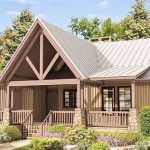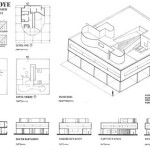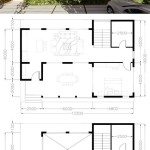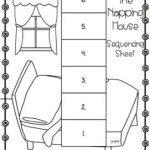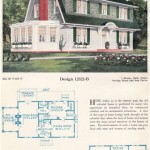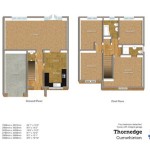Plans for Bat Houses: Essential Aspects to Consider
Bat houses provide essential shelter for bats, which play a crucial role in our ecosystem. They help control insect populations, which can reduce the need for pesticides. As such, building or purchasing a bat house can be a rewarding and impactful project. This article will guide you through the essential aspects to consider when planning for a bat house, ensuring its effectiveness and longevity.
1. Choosing a Suitable Location
The location of your bat house is paramount. Bats prefer warm, sunny areas with minimal disturbance. Choose a spot that receives at least six hours of direct sunlight daily. Avoid placing the house near trees or buildings that may block the sun. Additionally, ensure the area is free from noise and foot traffic.
2. Selecting the Right Size and Design
Bat houses come in various sizes and designs. Choose a house that is appropriate for the number of bats you expect to attract. A general rule of thumb is to provide one square foot of internal space for every 20-30 bats. The house should also have multiple compartments and a landing area for the bats to cling to.
3. Proper Height and Orientation
The height and orientation of the bat house are important factors. Mount the house on a pole or structure that is 10-20 feet above the ground. This allows bats to gain the necessary height for echolocation and flight. Orient the house facing south or southeast to maximize sunlight exposure and provide shelter from the prevailing winds.
4. Construction Materials and Durability
The construction materials and durability of the bat house are crucial for its longevity. Choose a house made of durable materials that can withstand the elements, such as pressure-treated wood, cedar, or recycled plastic. Ensure the house is well-constructed and sealed to prevent moisture and predators from entering.
5. Painting the House
While not necessary, painting the bat house a dark color can help absorb sunlight and create a warmer environment for the bats. Use a dark, non-toxic paint that is safe for bats and the environment. Avoid using reflective colors like white or silver, which can deter bats.
6. Monitoring and Maintenance
Once installed, regularly monitor your bat house for activity. Signs of bats include guano (droppings), insect parts, and scratching marks. If you notice bats using the house, resist the urge to disturb them. Regularly inspect the house for any damage or deterioration and make necessary repairs to ensure its continued effectiveness.
Conclusion
Building or purchasing a bat house is a rewarding endeavor that can benefit both bats and the environment. By carefully considering the essential aspects outlined in this article, you can create a suitable habitat that will attract and support a thriving bat population. Remember to respect the natural behaviors of bats and enjoy the benefits they provide to our fragile ecosystem.

Bat House Plans Bird

Bat Houses Mass Gov

Bathouse

How To Build A Bat House Lee Valley Tools

Bat Houses
Bat House Plan

How To Build A Bat Box The Wildlife Trusts

Build Your Own Bat House
:max_bytes(150000):strip_icc()/woodlogger-c6ff0a74987c407aaec0e2ae26f49974.jpg?strip=all)
Free Bat House Plans You Can Build Today

Diy Bat House The Craftsman Blog

